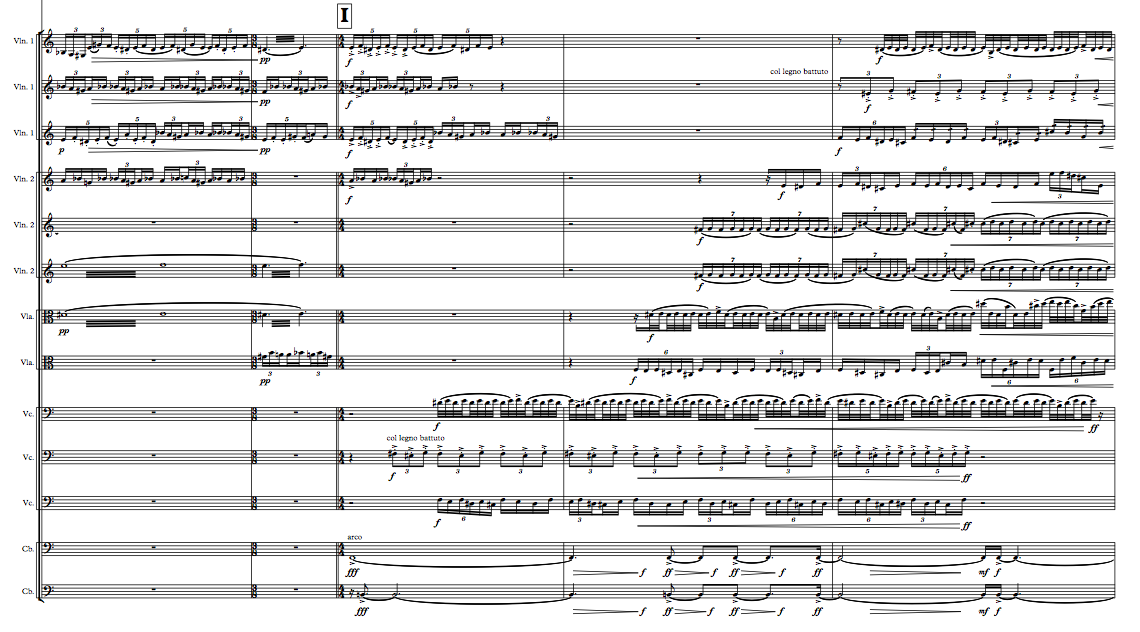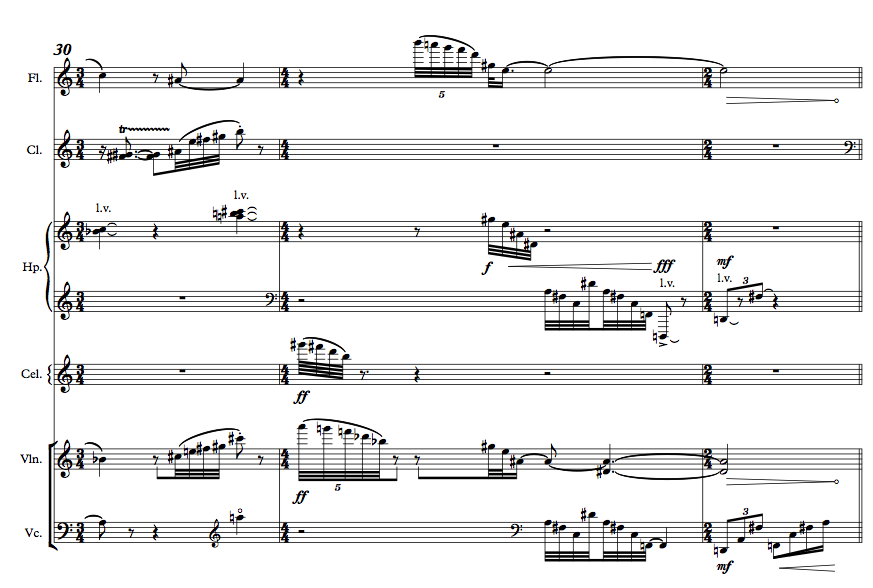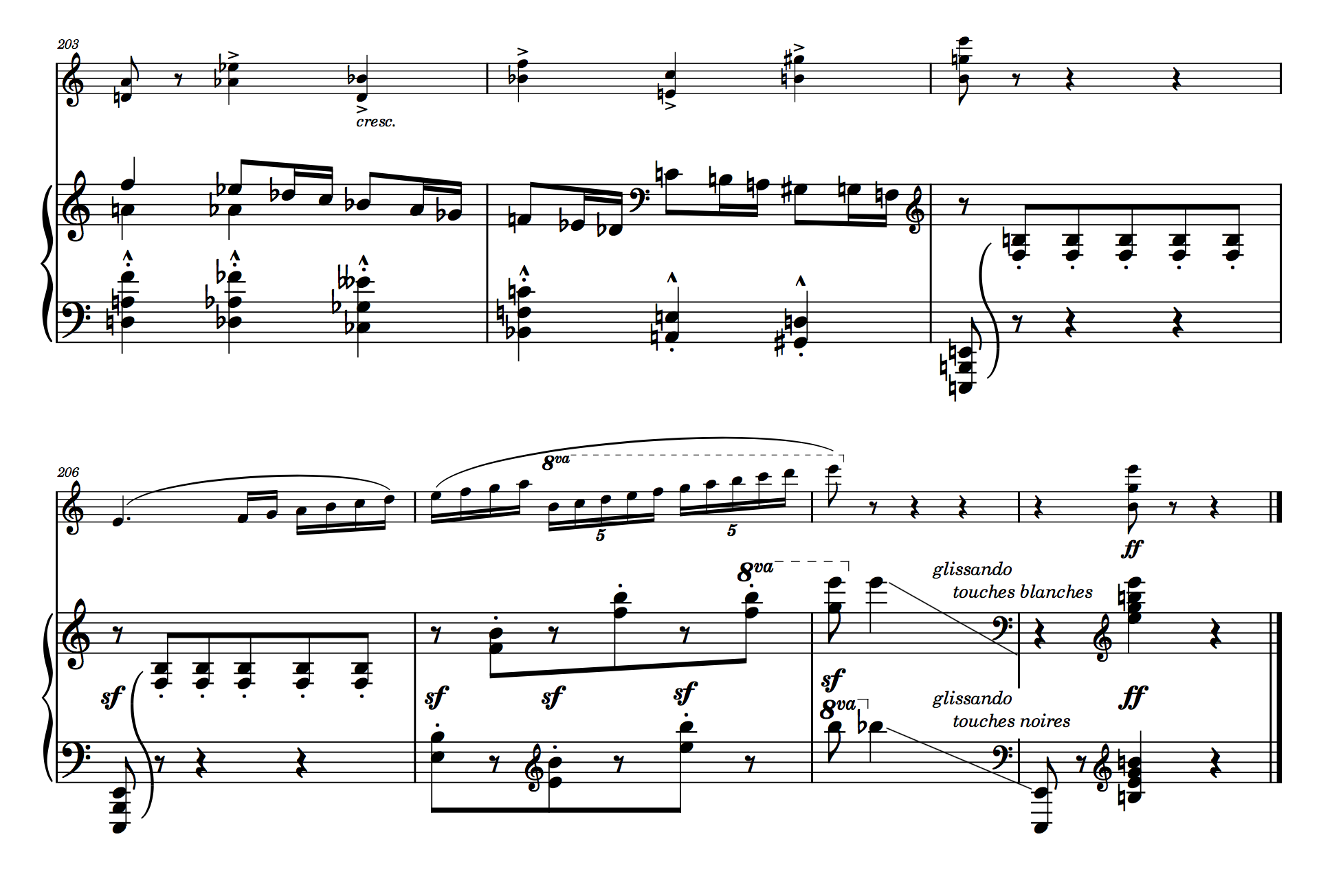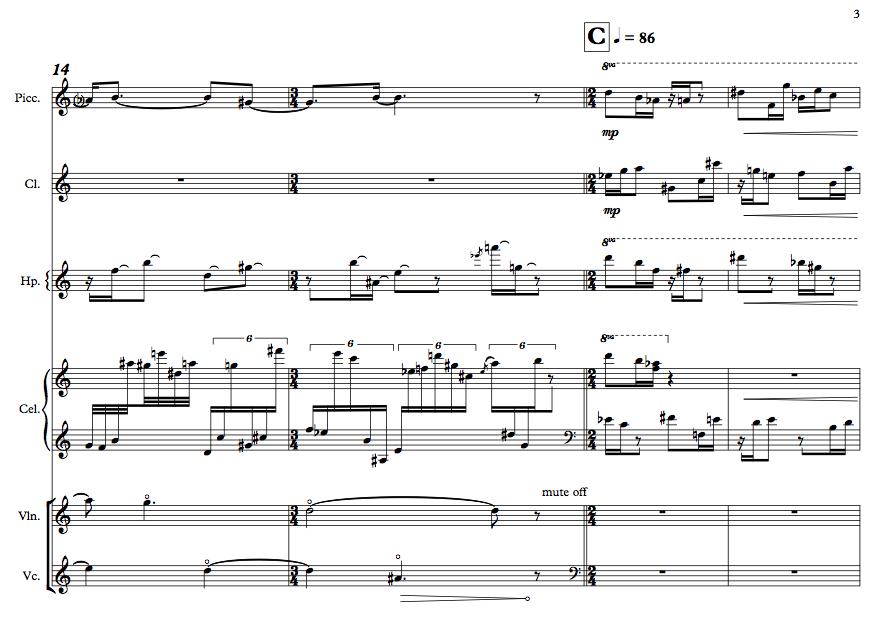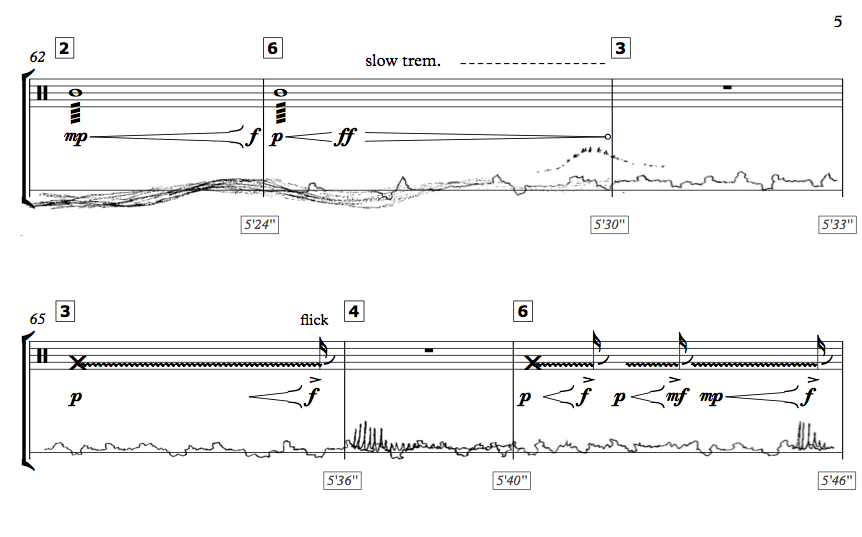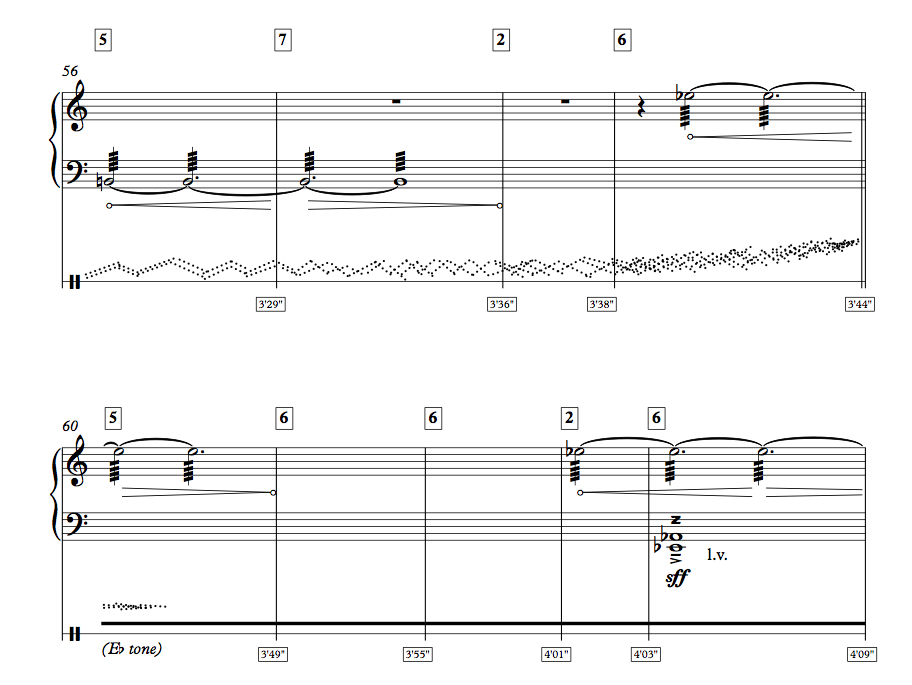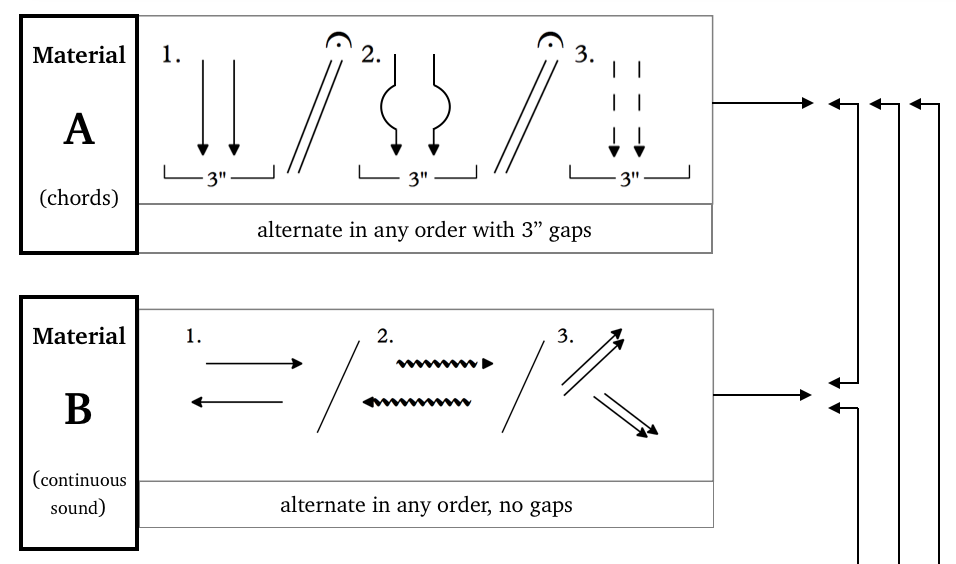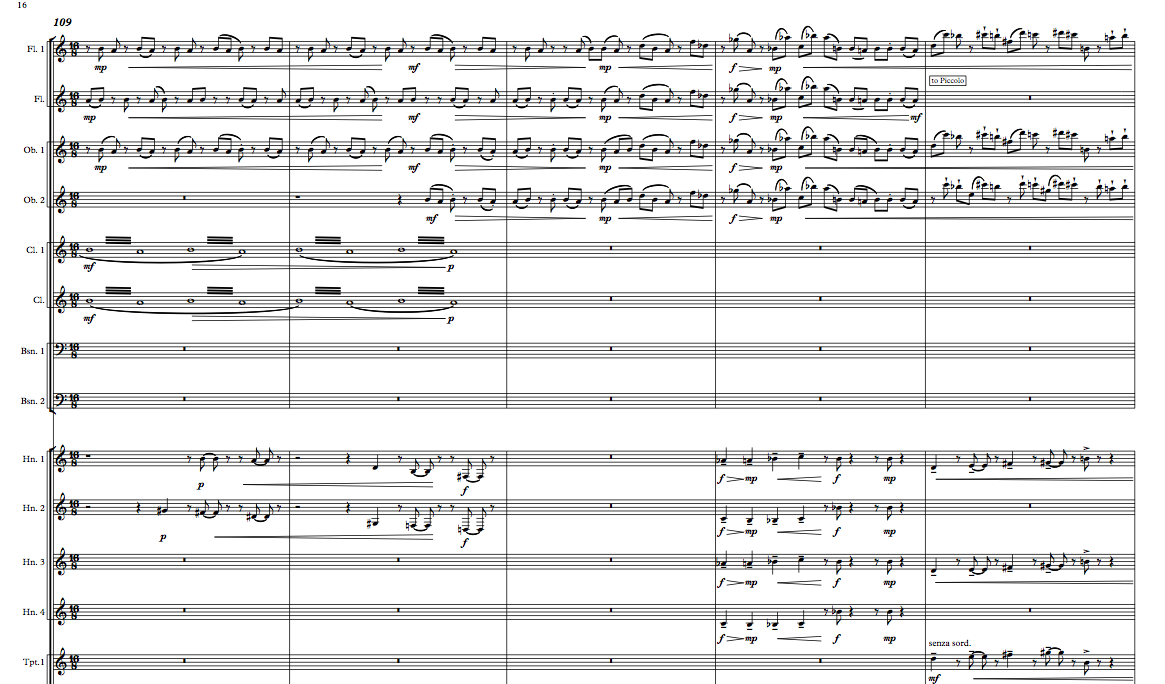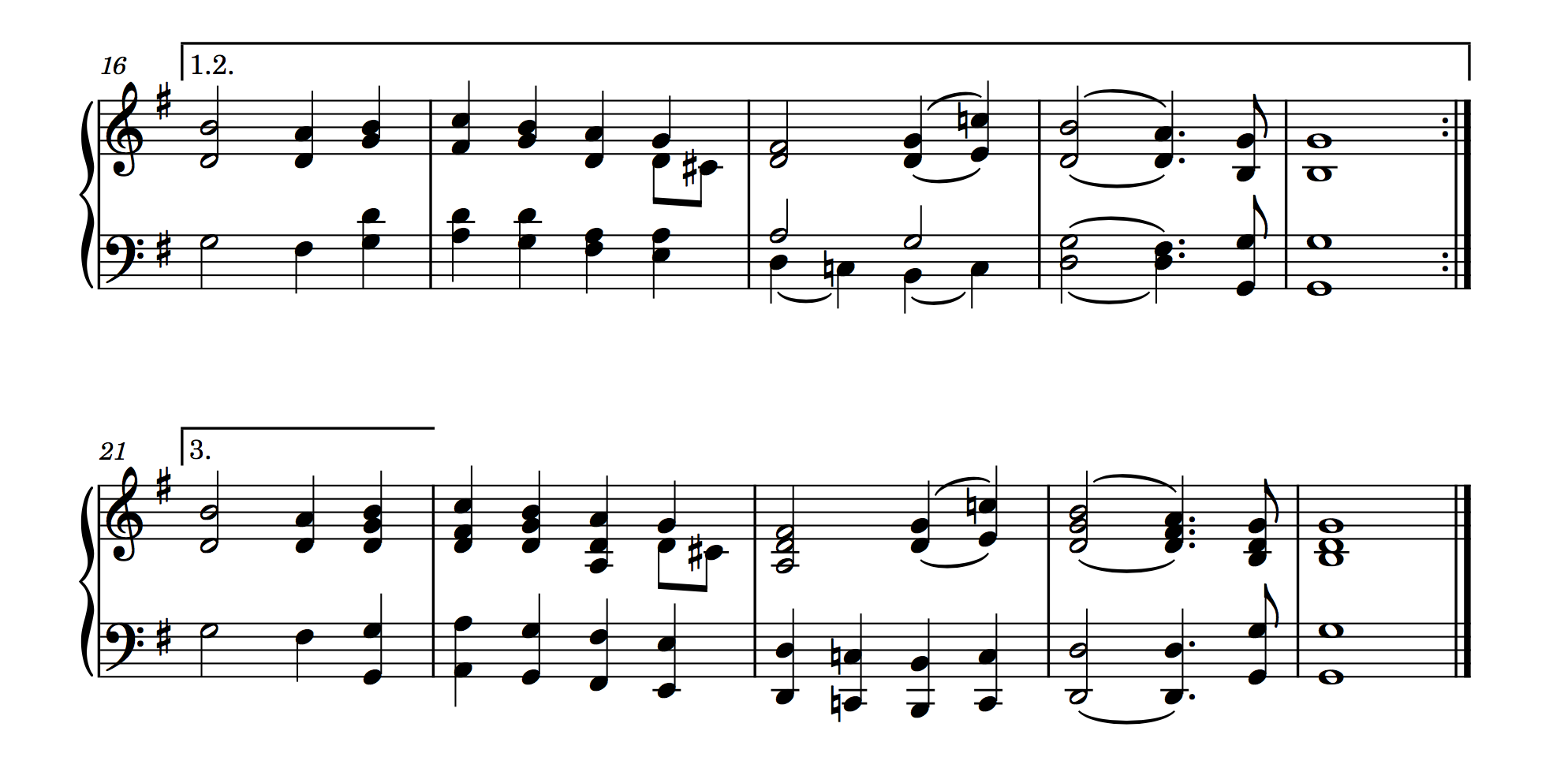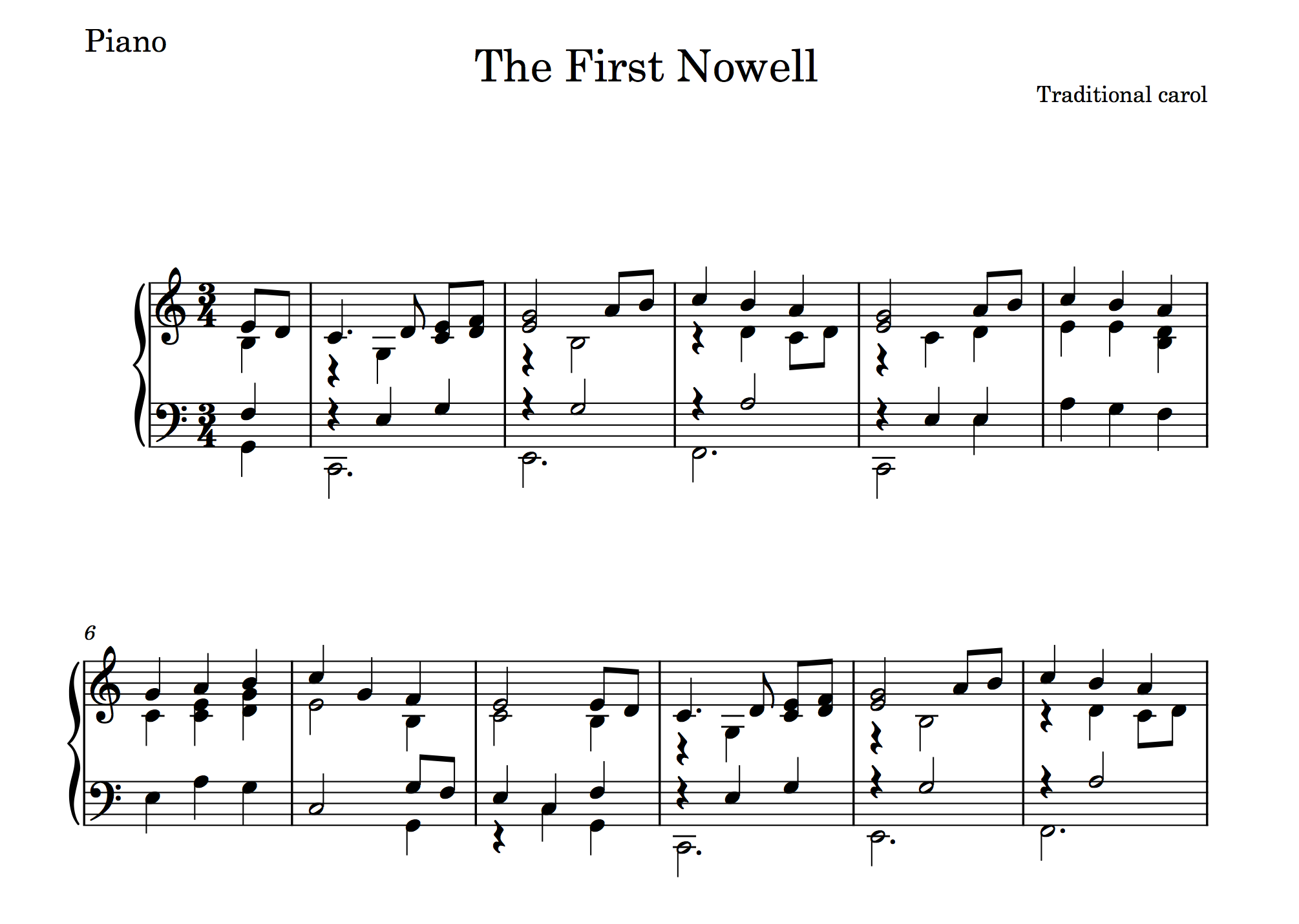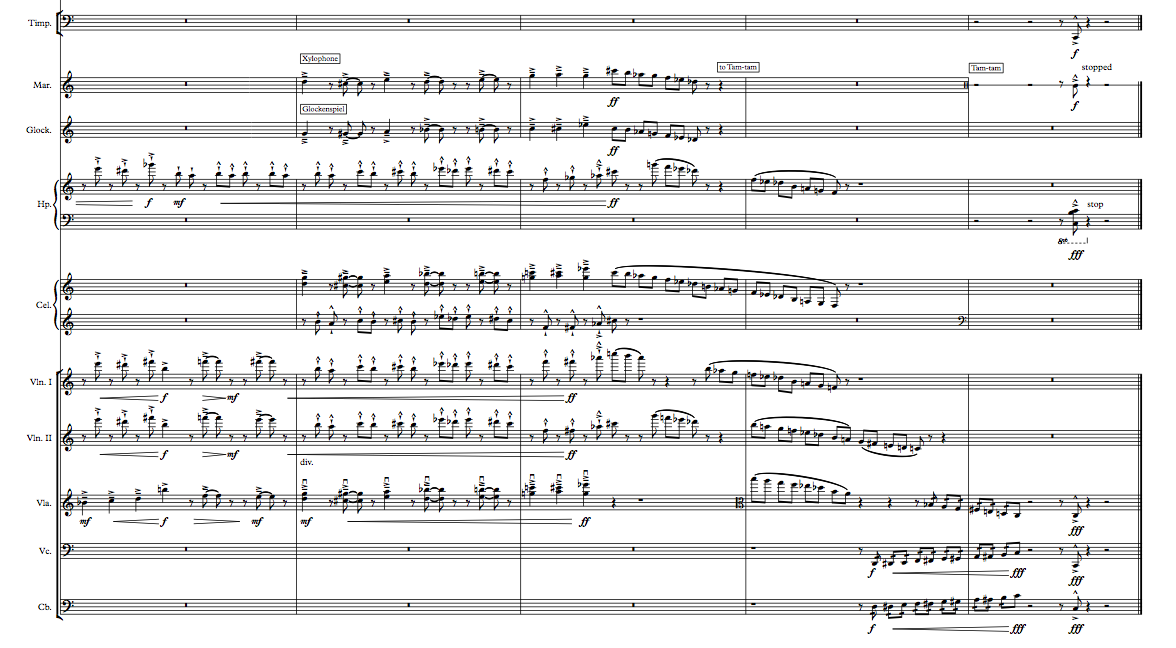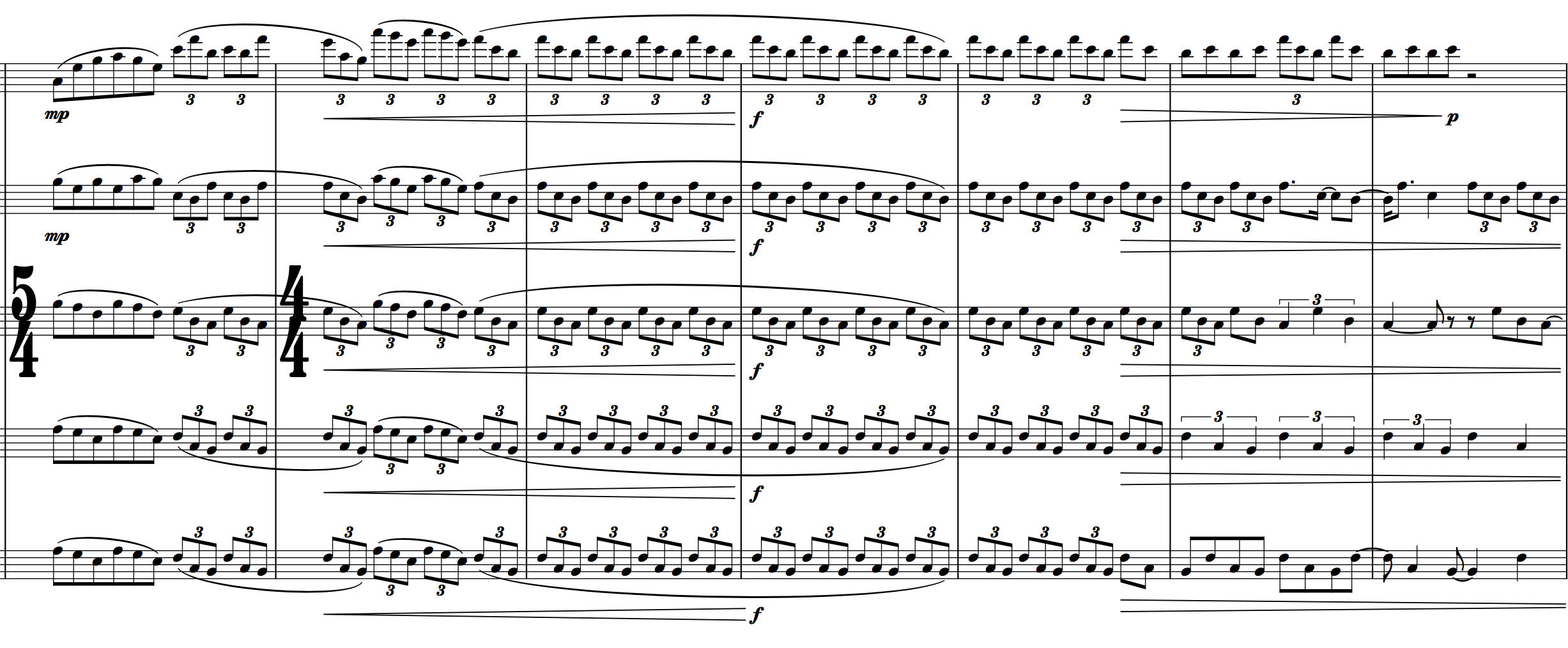With years of experience using programmes like Dorico and Sibelius, and a familiarity with the shortcuts that make the work easier, I can quickly turn scores into something more informative, comprehensible, and of publishing quality – whether the score was previously hand-written or from a notation software file.
A polished musical score is a thing of great beauty, and I take great pride in ensuring it is the best it can be – such as making custom lines to match a particular feature in a hand-written score.
The difference clean, well-spaced scores and parts can make to a rehearsal or recording session is vast. You can be confident that details such as suitable page turns and ensuring parts are in the correct clef (and transposed if need be) will be taken care of.
I generally recommend engraving in Dorico over Sibelius, not just because my role as Dorico’s documentation author gives me additional insight into its functionality, but because its output is so beautiful and it’s enjoyable to work with. I've added examples of work I have done in Dorico in the gallery below. Dorico's excellent MusicXML import also means it's fantastic for tidying up scores done in much older versions of other softwares, and its flow system means works containing multiple movements are really easy to organise.
Feel free to get in touch to check my availability for engraving work.
Below are some examples of my work:
